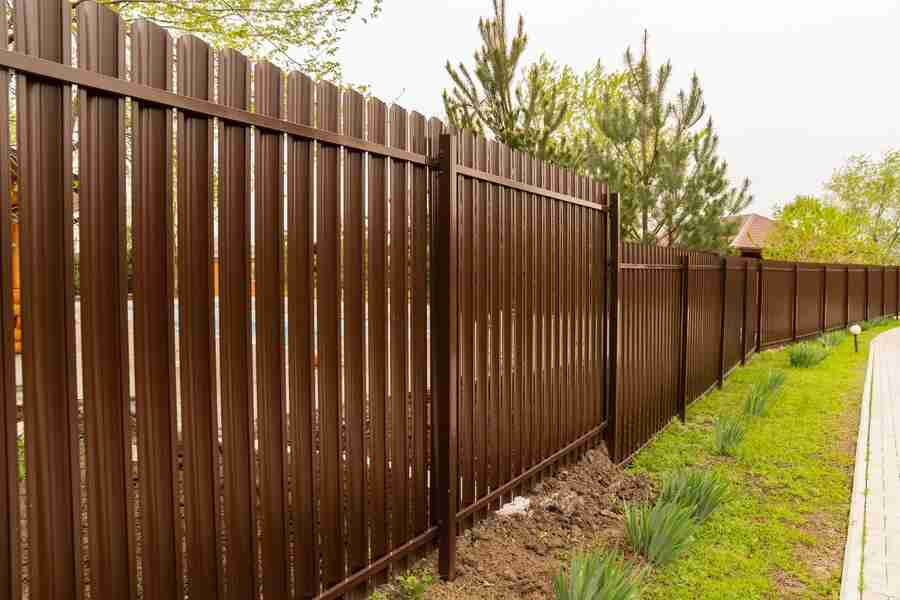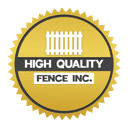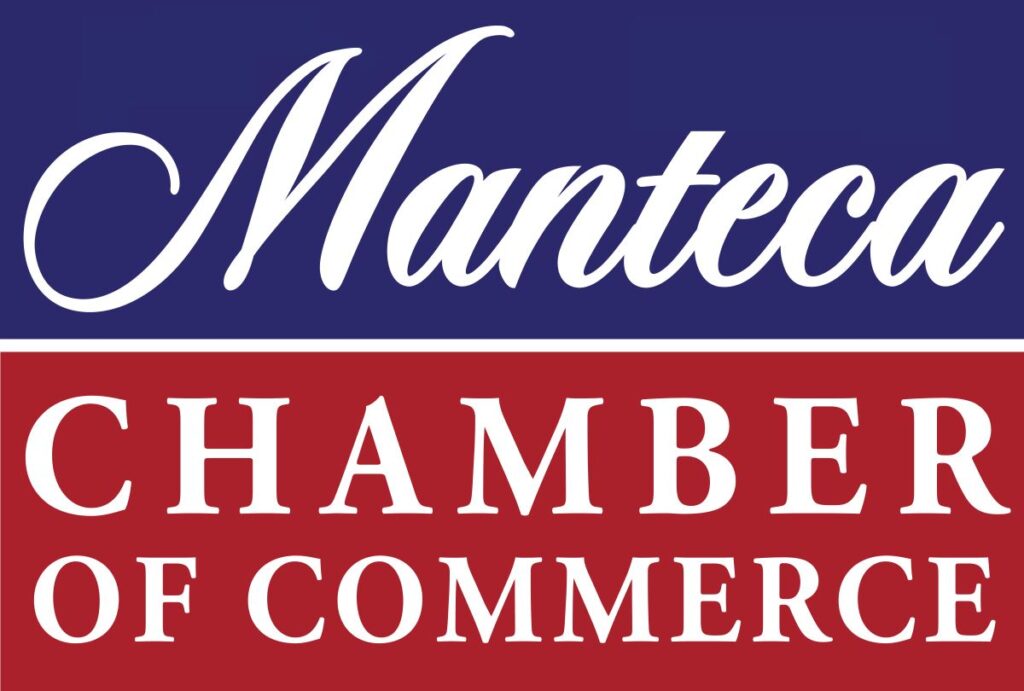Essential Tips Planning for a Fence Considerations

Considering installing a fence? Whether for enhancing privacy, securing your property, or adding aesthetic appeal, navigating the myriad choices can be daunting. Understanding key fence considerations ensures you make informed decisions tailored to your needs. From selecting the right material—wood, vinyl, metal—to assessing local regulations and maintenance requirements, each factor plays a crucial role in achieving the desired outcome.
Moreover, determining the fence’s height, style, and durability are pivotal in ensuring it aligns with both practical and aesthetic preferences. By prioritizing these fence considerations, you can confidently embark on this home improvement journey, creating a space that not only meets but exceeds your expectations.
Material Selection: Choosing Between Wood, Vinyl, and Metal
When it comes to selecting the right material for your fence, there are several factors to consider. Wood fences offer a classic look and can be customized in various styles, but they require regular maintenance to prevent rotting or warping. Vinyl fences, on the other hand, are low-maintenance and durable, often lasting longer without needing painting or staining. They are available in different colors and styles, providing a modern aesthetic.
Metal fences, such as wrought iron or aluminum, offer strength and security, ideal for both residential and commercial properties. However, they may require occasional maintenance to prevent rusting. Your choice of material should depend on your priorities—whether it’s aesthetics, maintenance requirements, durability, or cost-effectiveness.
Height Matters: Finding the Optimal Fence Height for Your Needs
The height of your fence plays a crucial role in achieving its intended purpose. For privacy, a taller fence is essential to shield your property from prying eyes and noise. Typical privacy fences range from 6 to 8 feet in height, depending on local regulations. Security fences, designed to deter intruders, should also be tall enough to prevent easy access. On the other hand, decorative or boundary fences may vary in height based on aesthetic considerations and local ordinances.
It’s crucial to check with your homeowners’ association or local authorities to ensure compliance with height restrictions and property line setbacks. By carefully assessing your needs—whether it’s privacy, security, or simply marking boundaries—you can determine the optimal height that balances functionality with visual appeal.
Style Choices: Picking a Fence Design That Complements Your Home
Selecting a fence design that harmonizes with your home’s architecture and landscaping enhances curb appeal and overall property value. Whether you prefer a traditional picket fence, a sleek modern design, or a rustic wooden fence, the style should reflect your personal taste and blend seamlessly with your surroundings. Consider the materials, colors, and textures that best complement your home’s exterior features.
For instance, a white picket fence can evoke a charming and inviting atmosphere, while a horizontal slat fence offers a contemporary look. Additionally, incorporating decorative elements like lattice panels or ornamental post caps can further customize the appearance of your fence. Ultimately, choosing a fence style that complements your home enhances its overall aesthetic appeal and creates a cohesive look that ties together your outdoor space.
Durability Factors: Evaluating Longevity and Maintenance Requirements
The durability of your fence is crucial in determining its lifespan and ongoing maintenance needs. Wood fences, while offering natural beauty, require regular staining or painting to protect against weathering and insect damage. Cedar and redwood are popular choices due to their natural resistance to decay.
Vinyl fences are known for their durability and low maintenance, requiring occasional cleaning to keep them looking new. Metal fences, such as aluminum or wrought iron, are highly durable and resistant to rot and pests but may require rust-proof coatings in humid climates. Assessing the durability factors of each material helps in making an informed decision that fits your budget and maintenance capabilities.
Budget Planning: Setting Realistic Costs for Your Fence Project
Setting a budget for your fence project involves considering several cost factors, including materials, labor, permits, and additional features like gates or decorative elements. Wood fences are generally more affordable initially but may require more maintenance over time. Vinyl and metal fences often have higher upfront costs but lower maintenance expenses in the long run.
Obtaining multiple quotes from contractors and comparing prices for different materials can help you stay within your budget while achieving your desired fence goals. It’s also important to budget for unforeseen expenses and to factor in any permit fees required by your local municipality. By setting a realistic budget from the outset, you can ensure that your fence project proceeds smoothly without financial stress.
Legal Requirements: Understanding Local Regulations and Permits
Before installing a fence, it’s essential to research and understand the legal requirements and regulations in your area. Local ordinances may dictate fence height limits, setback distances from property lines, and materials allowed. Homeowners’ associations (HOAs) often have specific guidelines regarding fence styles and colors to maintain neighborhood aesthetics.
Obtaining the necessary permits and approvals before starting construction ensures compliance with local laws and prevents potential fines or disputes with neighbors. Consulting with a professional or contacting your local building department can provide clarity on legal requirements and streamline the approval process for your fence project.
Climate Considerations: How Weather Impacts Fence Material Choices
Climate plays a significant role in determining the suitability of fence materials for your area. For example, wood fences may warp or rot in humid climates, while vinyl and metal fences are more resistant to moisture damage. Extreme temperatures and weather conditions, such as high winds or heavy snowfall, also influence the durability and maintenance requirements of your fence.
Choosing materials that can withstand local weather patterns ensures longevity and reduces the need for frequent repairs or replacements. Additionally, considering factors like sun exposure and shading can help preserve the appearance and structural integrity of your fence over time. By factoring in climate considerations, you can select a fence material that performs well in your specific geographic location.
Privacy vs. Visibility: Balancing Security with Aesthetic Appeal
When choosing a fence design, it’s essential to strike a balance between privacy and visibility. Solid-panel fences offer maximum privacy by blocking views and reducing noise from the outside. These are ideal for residential properties where privacy is a priority. Alternatively, open or partially open designs like picket fences or wrought iron fences provide a more open feel while still defining boundaries.
Consider your specific needs and preferences—whether you prioritize security, aesthetics, or a combination of both. For instance, combining solid panels with decorative elements or lattice can enhance privacy without compromising on visual appeal. By carefully evaluating privacy versus visibility options, you can choose a fence design that meets your functional and aesthetic requirements.
Installation Essentials: Hiring Professionals vs. DIY Options
Installing a fence requires careful planning and consideration of your skill level, time availability, and budget. While DIY installation can save money, hiring professionals ensures proper installation and adherence to building codes. Professional fence contractors have the expertise and tools to handle various terrain types and challenges, ensuring a sturdy and long-lasting fence. They can also provide valuable advice on material selection, layout, and maintenance.
Alternatively, if you choose to install the fence yourself, ensure you have the necessary skills, equipment, and permits required. Properly preparing the site, measuring accurately, and following manufacturer guidelines are essential for a successful DIY fence installation. Whether you opt for professional installation or DIY, ensuring proper installation is crucial for the longevity and functionality of your fence.
Maintenance Tips: Preserving Your Fence’s Integrity Over Time
Proper maintenance is crucial for extending the lifespan and preserving the appeal of your fence. Regular care ensures it remains sturdy and enhances your property’s overall aesthetic.
Inspect Regularly
Conduct routine checks for any signs of damage such as rotting wood, loose boards, or rust on metal components. Prompt repairs prevent issues from worsening.
Clean Effectively
Use a mild detergent and water solution to clean dirt, mold, and mildew from the fence surface. This maintains its appearance and prevents deterioration.
Apply Protective Coatings
Sealants or stains designed for your fence material help protect against moisture, UV rays, and other environmental factors, extending its longevity.
Manage Vegetation
Trim plants and shrubs near the fence to prevent overgrowth that could damage the structure or cause staining.
Address Repairs Promptly
Address any repairs promptly to prevent minor issues from becoming major problems. This ensures your fence remains functional and attractive over time.
By implementing these maintenance tips regularly, you can ensure your fence not only retains its structural integrity but also enhances the beauty and value of your property for years to come.
Choosing the right fence involves careful consideration of materials, styles, and practical factors like maintenance and legal requirements. By evaluating these aspects thoroughly, you can ensure your fence not only enhances your property’s security and aesthetics but also fits within your budget and local regulations. Whether opting for a DIY project or hiring professionals, proper installation and ongoing maintenance are essential for long-term durability and visual appeal.
Ready to enhance your property with a quality fence? Contact High Quality Fence at 209-815-9015 and info@highqualityfence.com or visit us at 209 Harding Blvd., Suite #25, Roseville, CA 95678. Our team specializes in crafting fences that blend functionality with style, ensuring your outdoor space meets all your needs. Get started today and transform your property with a fence that stands the test of time.


